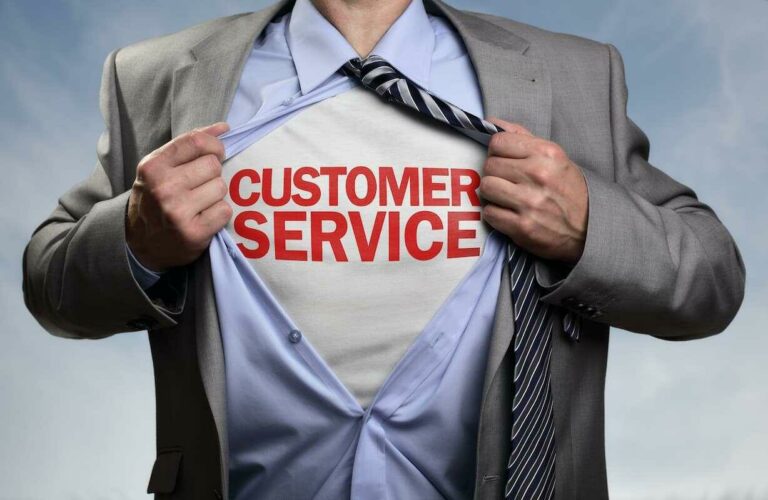Banking as a service BaaS Build your own bank!
The primary goal of getting into embedded finance is to create a new customer base of fintechs and brands. Before launching Marqeta for Banking last year, we devoted a lot of time and energy answering the question, “What is it? ” With 40 new banking APIs, it certainly represented an expansion of Marqeta’s modern card issuing platform. The portfolio of seven modular banking products was key, since they can be deployed together or separately to customize the customer journey and deliver differentiated banking experiences.

There are dozens of platforms that claim to offer banking-as-a-service; what they offer varies widely. If you decide to work directly with a bank partner, it could take as long as 2 years and 2 million dollars; you should also plan on hiring a large dedicated banking team. By contrast, if you decide to work with a banking-as-a-service platform, you could launch in a matter of months, for about $100K, without hiring a large team.
Cloud banking is in the spotlight at London Tech Week 2022
BBVA Open Platform is a BaaS platform serving the U.S. and global customers. Additionally, licensing typically necessitates a significant investment of capital. It requires businesses to comply with regulations regarding deposit protection, income legitimacy, and data security. Businesses don’t require a banking license, which consumes a lot of time to obtain, by using a Banking as a Service platform. In addition to acting as providers,providers-aggregatorscombine their own capabilities with those of other suppliers to create a comprehensive “out-of-the-box” solution. From loan originations and decisioning, to customer management and beyond, GDS Link helps thousands of clients manage risk while driving growth.
Embedded financial products can be a great way to drive acquisition, engagement, and retention. But what’s most appealing for many companies is the revenue it generates. In 2021, the transaction value of embedded finance topped $2.6T, with hundreds of platforms participating. Based on our experience, these are some of the best use cases for banking-as-a-service. What is of the utmost importance for startups is that BaaS can shave off a ton of money and at least a couple of years in business and product development.
Keep Their Customer Satisfied
That way, they can establish and deepen a bank relationship, gather valuable data about product performance, validate their financial model, sharpen their underwriting, and otherwise improve their offering over time. Many founders are shocked by the amount of compliance work required to launch embedded financial products. In many cases, you’ll need to hire a Chief Compliance Officer before a bank will even talk to you.

Yes, the bank has to provide great products and service to the sponsor’s customers. But falling short of that doesn’t impact the BaaS bank’s brand with consumers—it impacts the fintech’s brand. BaaS is enabled by the seamless integration of financial services and products into other kinds of customer activities, typically on non-financial digital platforms. Consumers increasingly use these platforms to banking as a service platform access services such as e-commerce, travel, retail, health, and telcom. The financial service could be someone taking out a small loan when they pay for a holiday on a travel site; or the instant calculation and sale of micro-insurance for newly purchased jewelry. That may be why over 50% of traditional financial institutions are very interested, and 14% have already established a BaaS relationship.
What is Banking-as-a-Service (BaaS)? Its definition and examples
If you’re looking for a way to project what that might look like for your company, check out our revenue calculator and full revenue projection tool. We know for sure that all banks, at least to some extent, are becoming banking platforms. Open banking initiative forces banks to give up their monopoly and open their systems to third parties.

Open banking is a regulatory framework that gives customers the ability to securely share their banking data with third-party financial service providers such as fintechs. If there were no BaaS providers, customers would use banking services directly. So, it’s not that the client needs BaaS – BaaS requires a client. That’s why BaaS providers strive to offer a truly superior experience. They are making an effort to meet the needs of banking customers who are digital natives and genuinely tech-savvy.
Attract and Retain Customers
This application communicates with the bank’s IT system via APIs and Webhooks. The fintech does not directly manage its customers’ accounts and money; the partner bank does. It can be registered as a BaaS agent in a few weeks, whereas obtaining its registration would have taken 6 and 12 months. Another example is a US bank that partnered with a leading technology company in 2019 to launch a fully embedded credit card with no fees, daily cashback, and seamless integration with mobile devices. As a result of this partnership, the bank received the highest customer satisfaction rating in the Midsized Credit Card segment in 2021, according toa McKinsey study. Analysts predict this strategic partnership will result in a 30% increase in the value of the European bank.
- Customers like Hair Flair, creating a better overall experience.
- That may be why over 50% of traditional financial institutions are very interested, and 14% have already established a BaaS relationship.
- BaaS enables FinTechs to create value-added services that extend core banking functionality.
- Determining whether a company is a fintech isn’t straightforward anymore.
- This time, when Hair Flair applies for a loan, The Brush’s bank partner determines Hair Flair’s eligibility based on Hair Flair’s payment volume and history on their platform and approves the loan the next day.
But it might be more effective for them to start up new models – that is, BaaS – by embedding their products in other platforms. BaaS involves a bank enabling another organization to offer financial services or offering a new and innovative product alongside a technology company. These products are typically purchased by fintechs or digital businesses looking to build an entirely new business model, financial product, or, even, bank. LendingClub Bank, formerly Radius Bank, is a fintech company that pioneered issuing personal loans online.
Fundamentals of the BaaS Value Chain
In this article, fintech experts at Surf will consider the main advantages and types of banking as a service, as well as compare BaaS with other models. But first, https://globalcloudteam.com/ let’s have a brief look at the BaaS definition to get a clear understanding of this practice. As a comparison, the CAGR accounted for 11.8% between 2016 and 2020.


Responses